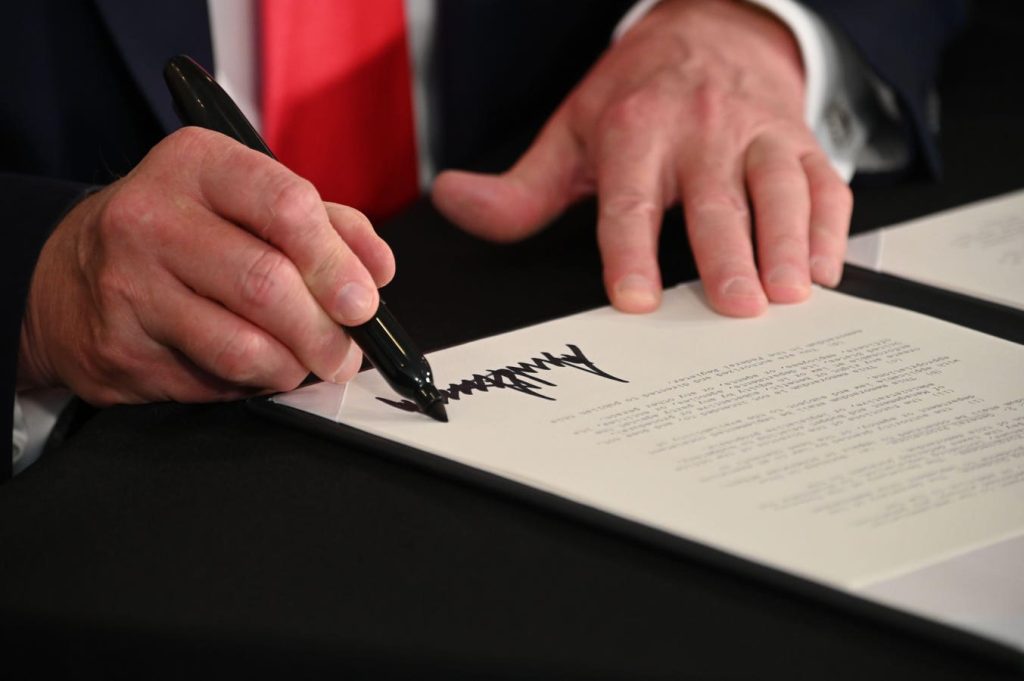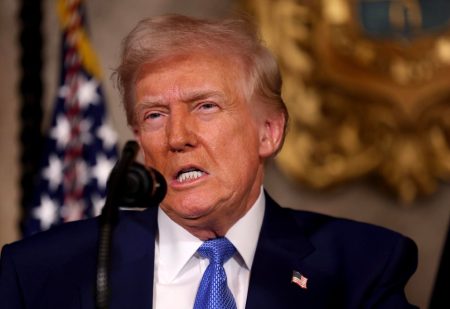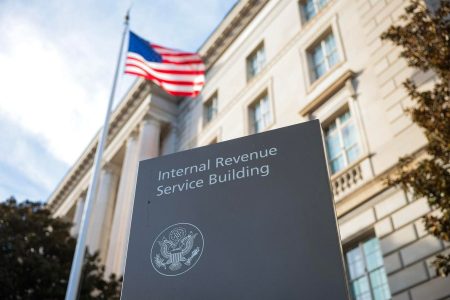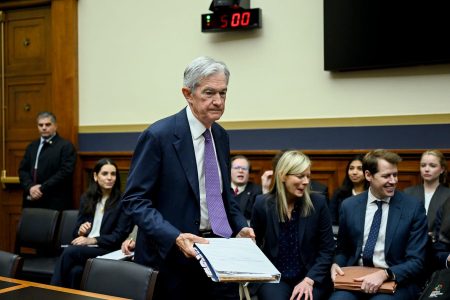The financial markets of early 2025 present a perplexing paradox: record-high equity markets fueled by optimism about lower interest rates and a soft economic landing coexist with a dramatically escalating Economic Policy Uncertainty (EPU) index, a harbinger of potential market turmoil. This stark divergence signals a critical juncture for investors, demanding a cautious and proactive approach. The EPU index, a crucial barometer of market sentiment, has surged to levels unseen since the peak of the COVID-19 pandemic, primarily driven by uncertainties surrounding the potential policies of a second Trump administration, often referred to as “Trump 2.0.” While markets often exhibit resilience in the face of uncertainty, the current level of EPU suggests a more significant and potentially destabilizing disruption.
The EPUCTRAD Index, a specialized component of the EPU focused on trade policy uncertainty, offers crucial insights into prevailing market anxieties. Analysis of news coverage and policy shifts reveals a growing apprehension regarding potential economic policies. This index has recently climbed to levels reminiscent of the pandemic’s most uncertain phase, mirroring the market’s unease. Historical analysis demonstrates a strong correlation between the EPUCTRAD Index and the VIX, a measure of market volatility. Past instances, such as the 2019 U.S.-China trade war and the 2020 pandemic-induced economic shutdown, witnessed sharp increases in the EPUCTRAD Index followed by significant VIX spikes. The current resurgence of potentially disruptive trade policies, unpredictable regulatory landscapes, and escalating global tensions under a renewed Trump administration echoes these previous scenarios, creating tangible shifts in market dynamics, not merely headline risks.
The EPU’s historical significance lies not just in reflecting current anxieties but in foreshadowing future market volatility. Repeatedly, a rising EPU has preceded a surge in the VIX, often dubbed the “fear gauge” of the stock market. This consistent relationship highlights the link between policy uncertainty and market instability, increasing the likelihood of market corrections. The current magnitude of the EPU increase, surpassing even the levels observed during the initial stages of the COVID-19 pandemic, is particularly worrisome. This suggests that the market has yet to fully internalize the potential repercussions of a second Trump term, and a significant correction could be imminent.
Bear markets, driven by both economic factors and investor psychology, involve the emotionally and financially challenging act of selling into declining markets. Historically, VIX spikes often coincide with the final phases of market corrections. Notably, the current correction cycle has yet to witness a definitive VIX spike, indicating that markets may not have reached their lowest point. Data from 1990 to 2022 reveals a consistent pattern: the VIX not only predicts corrections but tends to mark their culmination. The absence of a spike to approximately 50 suggests the potential for further market turbulence. When the VIX eventually surges, it often signifies the peak of emotional and financial distress in the market.
The current situation presents profound implications for investors. While the VIX currently remains at relatively low levels, historical precedent suggests this calm may be fleeting. The discrepancy between the soaring EPU and the subdued VIX resembles a coiled spring – building tension poised for a swift and potentially severe release. Elevated volatility not only entails increased price swings but often correlates with lower equity prices. As uncertainty escalates, risk premiums expand, prompting investors to demand higher returns for the same assets, consequently exerting downward pressure on valuations. Sectors particularly vulnerable to policy shifts, such as healthcare, energy, and industries reliant on international trade, may experience disproportionately large impacts. The potential for sweeping regulatory changes, trade policy adjustments, and alterations to healthcare legislation under a second Trump administration introduces significant uncertainties for these sectors.
Navigating this potentially turbulent market landscape requires investors to reassess their portfolio’s risk exposure. Complacency and over-concentration are particularly risky in this environment. Diversification across and within asset classes becomes paramount. Allocating to assets that traditionally perform well during volatile periods, such as gold, a recognized safe haven, can provide stability. Ultra short-term investment-grade credit also offers a balance of yield and relative stability amidst uncertainty. For more tactically oriented investors, the current market presents opportunities within the volatility market itself. With the VIX relatively subdued despite the surging EPU, strategies that capitalize on an increase in implied volatility could prove advantageous. A clear warning sign indicates the likelihood of increased market volatility, potentially reaching significant levels. The current disconnect between the EPU and the VIX is unsustainable. As the implications of policy uncertainty become clearer, the VIX is expected to catch up, potentially triggering substantial market declines. Investors who heed these warnings and position themselves accordingly will be better equipped to navigate the looming turbulence and potentially capitalize on the opportunities that volatility inevitably presents. In the realm of investing, forewarned is forearmed. The EPU signals impending volatility. Preparedness and proactive adjustments are crucial for navigating the challenges ahead.










